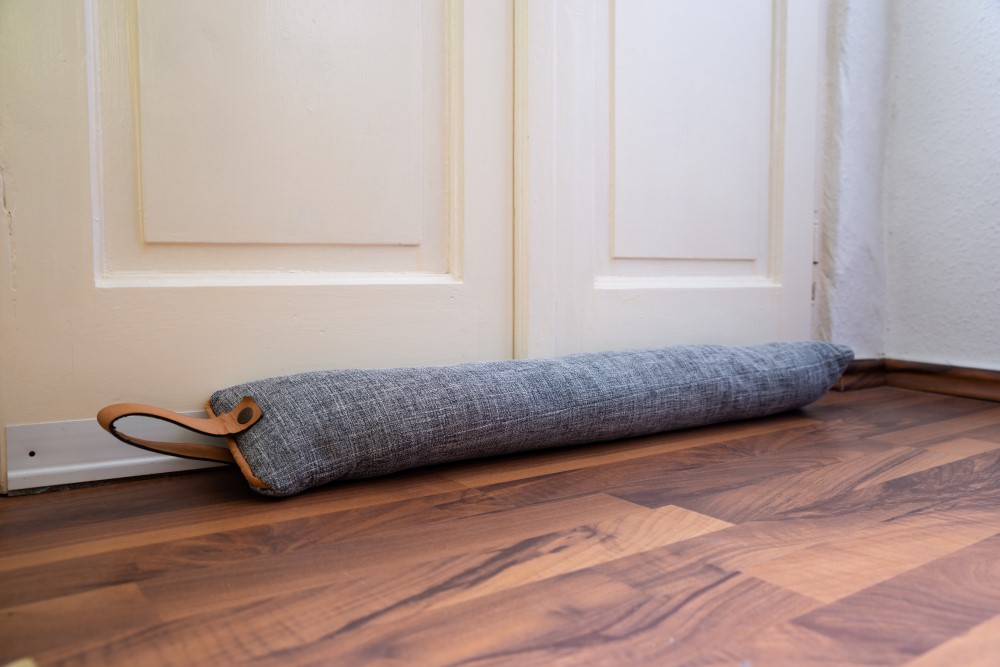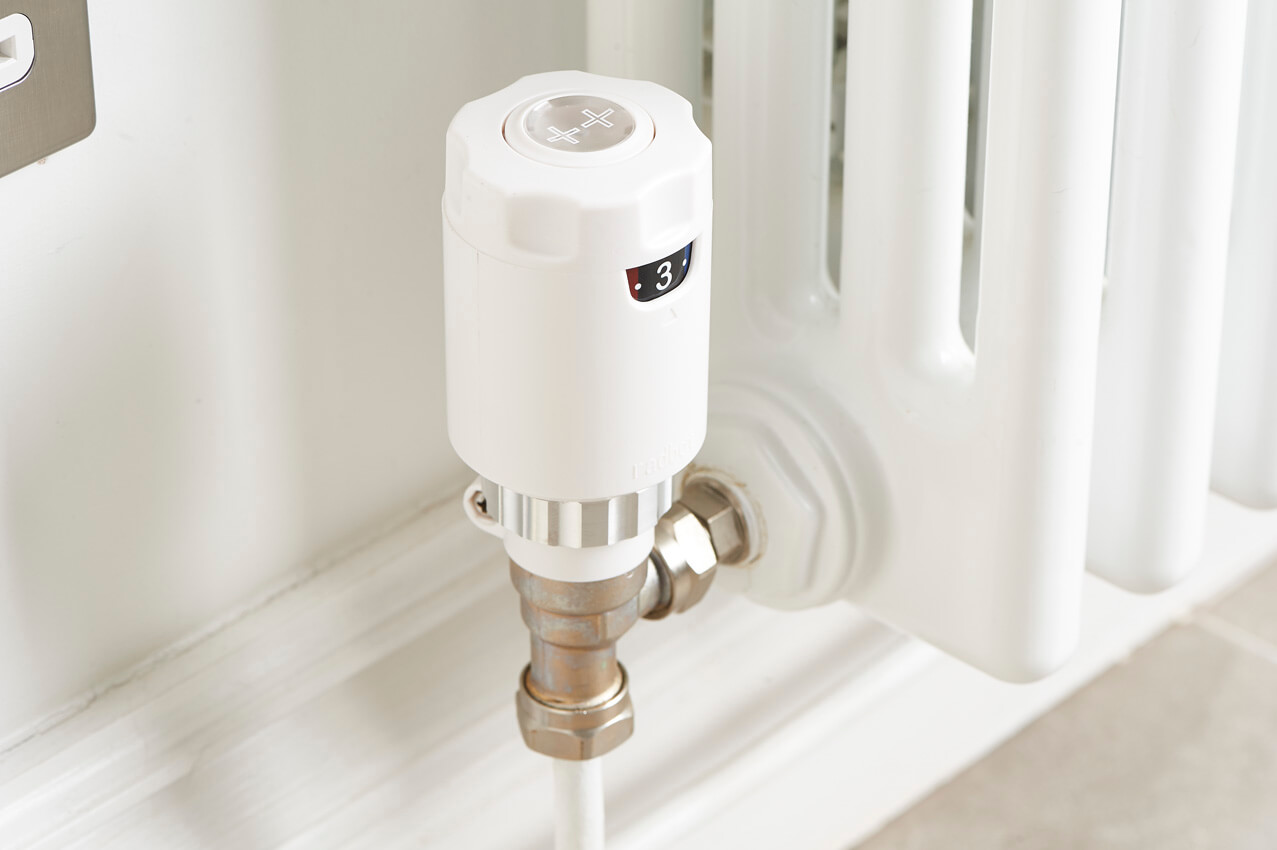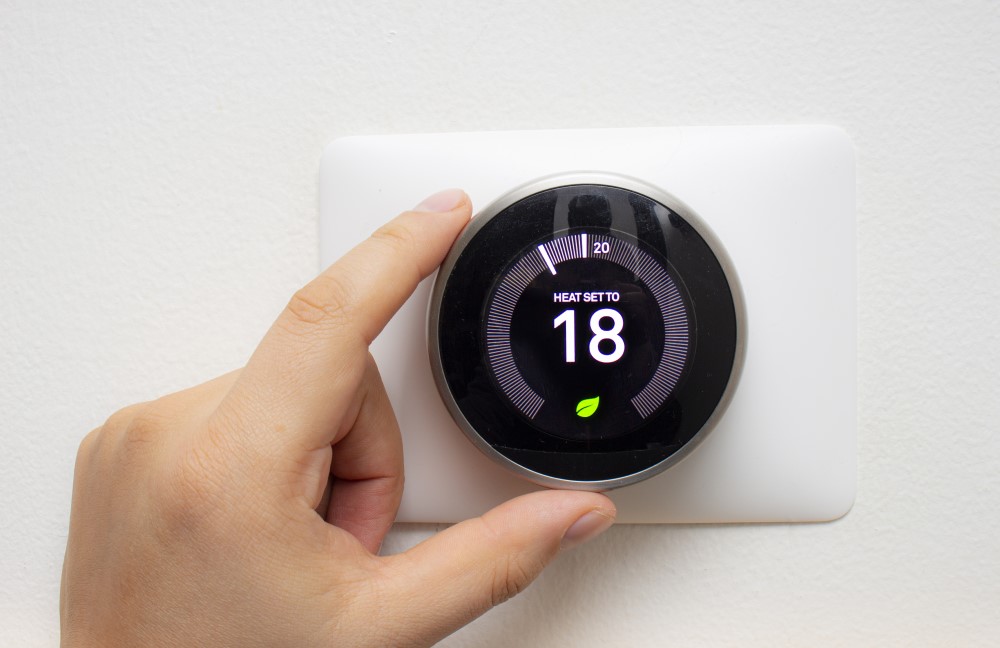Heating guide for the home
The thermostat in any household is likely to be the culprit of a common debate on whether it’s too cold in the house or not.
But a commonly overlooked element of heating a home is the home itself. There is a long list of things you can do to your home to ensure it’s being heated efficiently, from cavity insulation all the way down to cling film.
Here are 6 of the best tips to heating your home efficiently
1. Preventing draughts
Cranking the thermostat up to 25 won’t have much effect if that heat has a way of escaping your home.
Radiators are most effective when they’re put in a space they’re capable of heating. If you increase the size of the space, for example leaving the lounge door wide open, then you risk that heat escaping. It also means that cooler air will come in, perhaps from the kitchen. Remember, heat rises – so if that heat escapes out a room quickly then you’ll feel cold as the cooler air will rush in from the bottom. Hence why it’s always your feet that are getting cold.
Simply pushing doors to in rooms throughout your house will have a significant effect on allowing that heat to stay in each room.
However, pushing a door-to won’t completely fix the issue if you have a draught coming in from outside the home. The most common culprits are doors and windows.
Walk around your home and place your hand along the sides of all your windows and doors and see if you can feel a breeze. If you can, then there are multiple things you can do depending on your budget.
One option is replacing doors and windows, but this would only be recommended if your existing fixtures are outdated and are beyond fixing.
A far more cost-effective solution is draught excluder tape which can be placed along the seals of doors and windows to help prevent the breeze getting in. Alternatively, you could use a draught excluder such as the below:

Letterboxes and keyholes are another source of breeze. Ensure that your letterbox has a draught-excluder inside (most do), and if not then see if you can source one or replace the letterbox.
Keyholes can’t be blocked up but you can place a keyhole cover on them to prevent a breeze when not in use.
2. Cavity-wall insulation
About a third of a home’s heat is lost through its walls, and cavity wall insulation is designed to prevent that.
If your home was built after the 1920s then it is likely that you have cavity walls. A cavity wall is made up of two walls with a gap in-between known as the cavity. The outer layer is usually brick with the inner layer being either brick or concrete blocks.
Homes built within the last 20 years most likely have insulation already, but you can ask a registered installer for a borescope inspection, where they’ll drill a hole into the wall to see if it’s hollow or filled.
How do I get it?
Cavity-wall insulation is carried out by professionals who will drill holes on the outside of your home and inject the cavity wall insulation before using cement to block the holes back up.
You must use a registered professional for this job. They should be registered to one these three organisations:
- National Insulation Association (NIA)
- Cavity Insulation Guarantee Agency (CIGA)
- British Board of Agrément (BBA)
In an average sized home with easily accessible walls you can expect the job to take between 2-3 hours.
How much will it cost and how much will I save?
The cost will vary depending on supplier and the size of your home. The below infographic can give you a good idea of cost and energy savings:
!function(e,i,n,s){var t=”InfogramEmbeds”,d=e.getElementsByTagName(“script”)[0];if(window[t]&&window[t].initialized)window[t].process&&window[t].process();else if(!e.getElementById(n)){var o=e.createElement(“script”);o.async=1,o.id=n,o.src=”https://e.infogram.com/js/dist/embed-loader-min.js”,d.parentNode.insertBefore(o,d)}}(document,0,”infogram-async”);
3. Heat the rooms that you use
Energy can be wasted if your heating rooms that you aren’t using, for example a spare room. Turning radiators off in those rooms will help reduce your energy spend but be sure to keep the door shut to prevent the cold air in the room making its way through the home.
There is one downside to doing this though, and that is when you want to use the room it’s cold.

4. Install a smart thermostat
As the name implies, smart thermostats are device-integrated thermostats that work with your web browsers, computers, or even smart speakers like Amazon Echo or Google Home.
Designed for convenience, efficiency, and comfort, smart thermostats enable you to exercise complete control over your thermostat settings, no matter where you are. With additional insights such as usage history, this device is great to keep track of how often you use your boiler system and for how long.

If the ability to remotely control your thermostat settings (and thereby optimise its usage and decrease energy costs) wasn’t enough, some advanced smart thermostats can even pick up on your habits.
Such thermostats will record and analyse your schedule – when are you away at work and how cold or warm you like your home to be throughout the day.
This takes away the process of having to manually configure the thermostat every time there is a change of plan. Just take out your smartphone and adjust the settings as you please.
According to the Energy Trust, the correct use of a thermostat can prevent 330 kg of carbon dioxide from ending up in the atmosphere, and save approximately £100 per annum.
Smart thermostats can be easily installed with all types of boilers, even older systems, without any hassle.
5. Place your thermostat correctly
The placement of a thermostat isn’t a top priority for most people – but this has a direct impact on your utility bills.
Why? Because thermostats measure the room through sensors that read the temperature around them, and adjust the air conditioning accordingly.
If you install them in a very cold or hot room, the reading may not reflect the true temperature of your home. For instance, a thermostat installed near the kitchen will sense the warm air coming from the room, and may lower your home’s overall temperature.
The best possible location for a thermostat would be a wall, in a frequently used room. It’s a good idea to place the thermostat four to five feet high, and ensure that the sensor remains unobstructed by doors, bookshelves, or any other items that can hinder its ability to sense the temperature accurately.
As an important part of your home’s heating system, a boiler is necessary to keep you warm and cosy – especially during winters.
6. Radiator Foil
A very cost-effective way to reduce energy usage is to place tinfoil behind radiators, which will help reflect the heat inwards.
This is easily done by using double-sided tape to place the foil behind the radiator, ensuring that the reflective side is facing inwards.
If you wanted to spend a little extra, you could purchase radiator foil which does the same job but more efficiently.